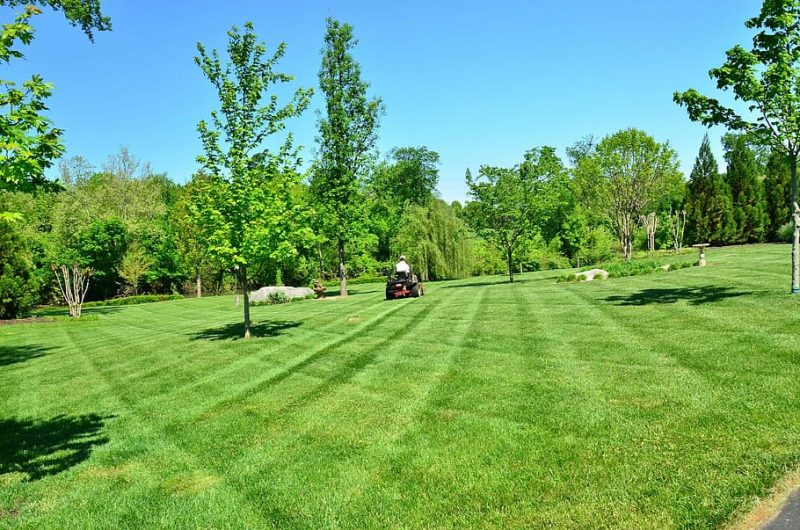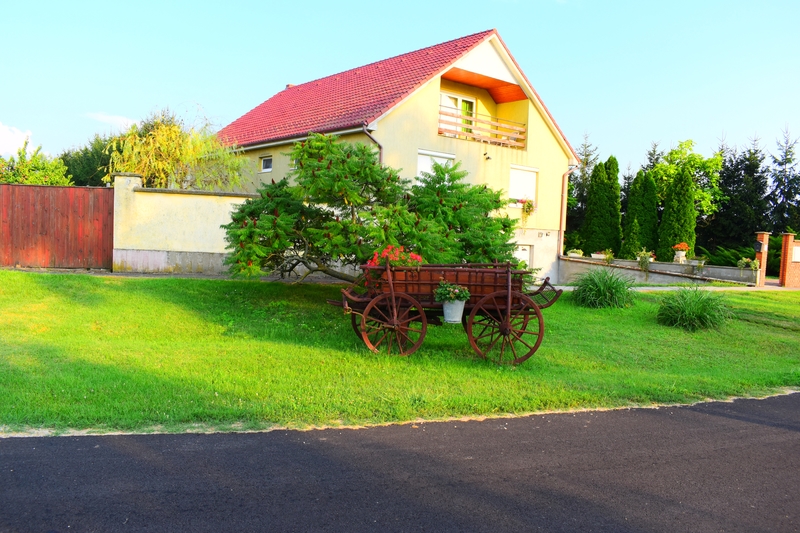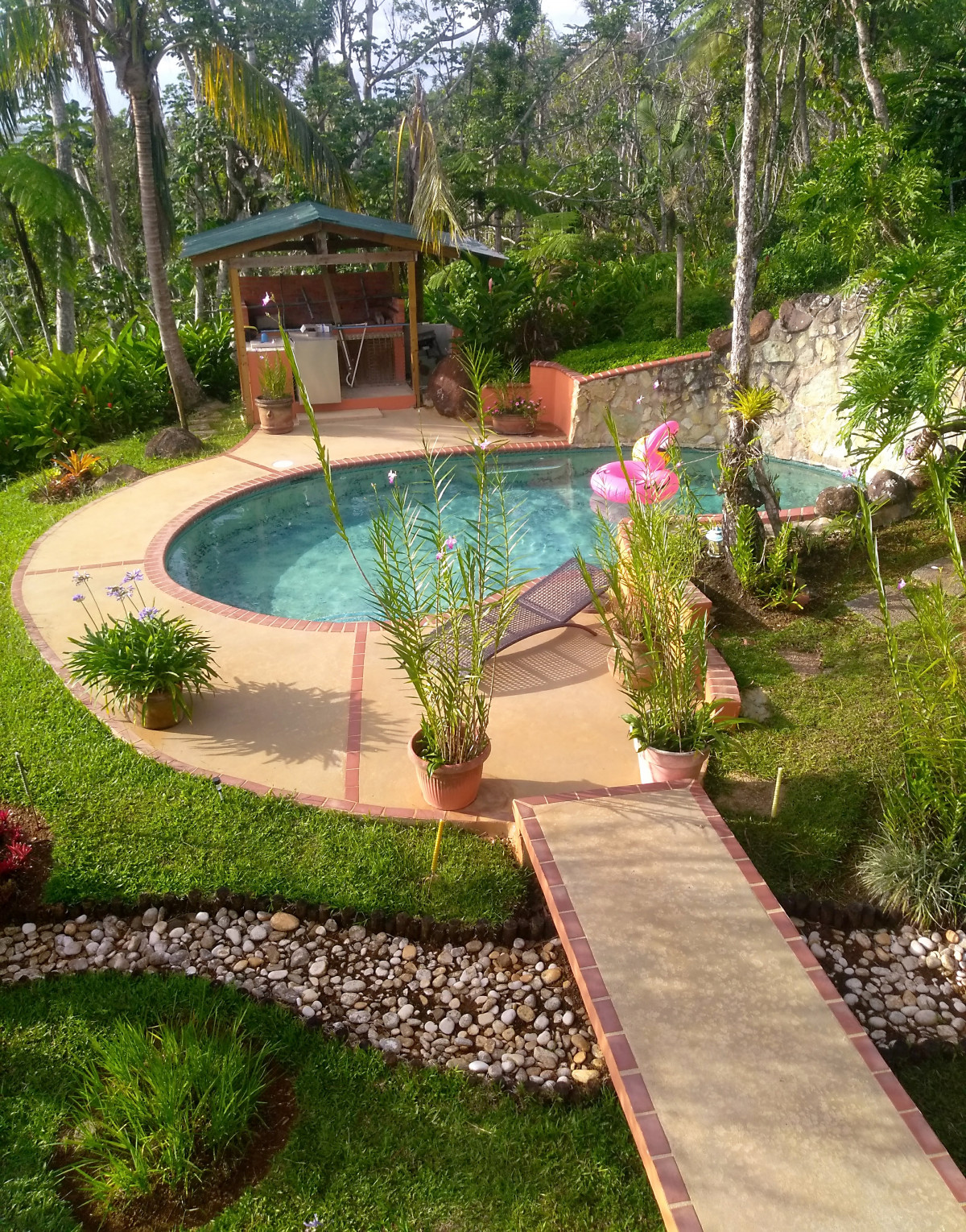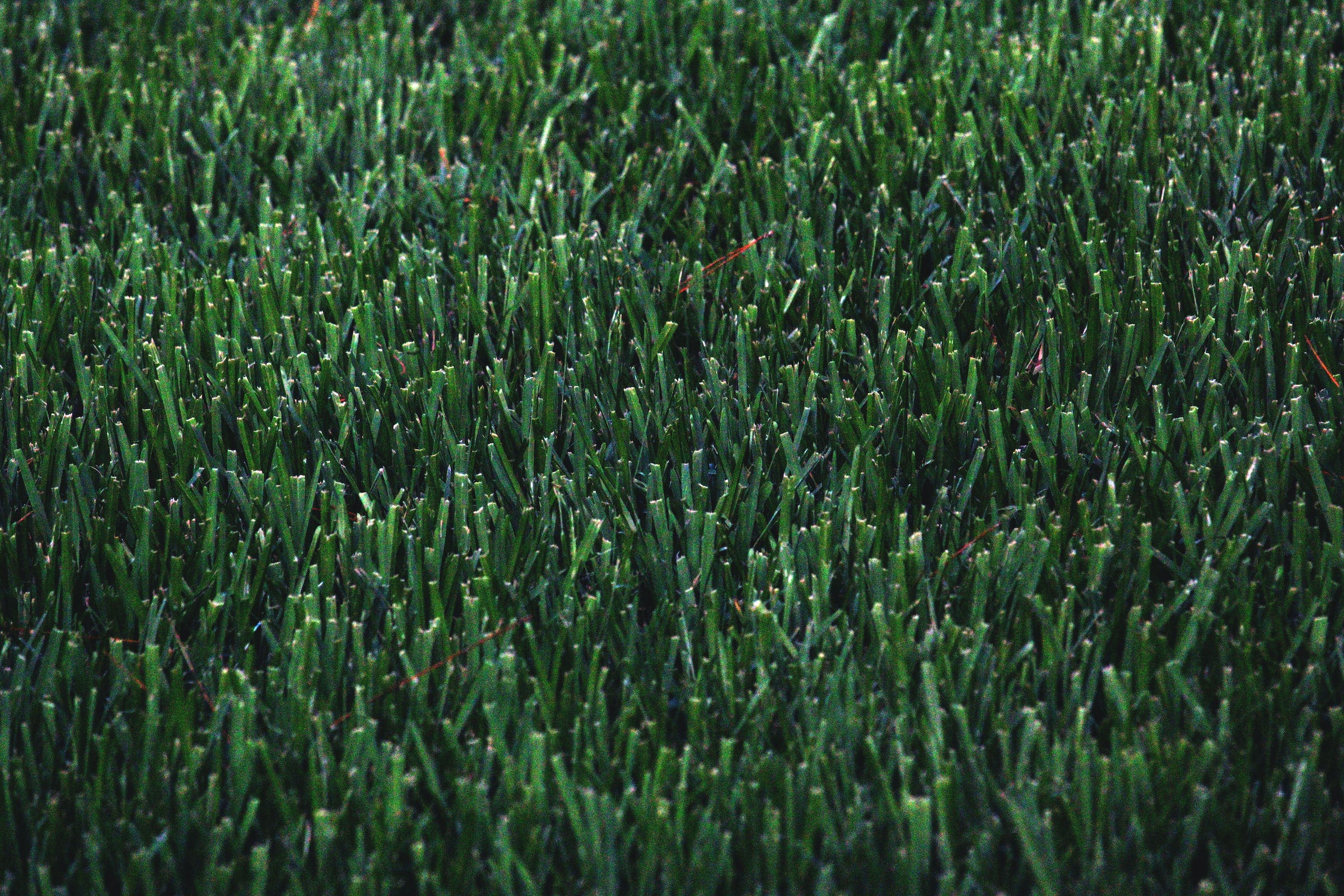Are you thinking of planting grass? First, you’ll need to prepare the soil several weeks in advance, determine what you want to use your lawn for and choose seeds accordingly. Then it may be necessary to wait for the right time to sow. Only then can you properly seed your new lawn.
Here are the detailed steps for seeding your lawn.
Choosing your seeds
Before seeding grass, ask yourself the right questions. For example, what will your lawn be used for? Will it be heavily trampled or not? Will your children use it as a playground? How much time and energy are you willing to maintain the lawn, and will you be there to water it regularly?
Depending on your answers to these questions, you can choose ornamental grass, which is essentially decorative. Fragile and delicate, it does not tolerate being trampled and requires meticulous maintenance. Relaxation grass, or “rustic grass”, is the most common and easiest to maintain, which allows you to walk on the lawn without risk and take naps in the sun with impunity. For intensive walking and playing, it is better to choose sports turf, but it requires maintenance. If you can’t or don’t want to water often, there is the option of water-saving turf.
You will find in garden centres ready-made mixtures corresponding to these 3 main types of turf. You can also compose your mix according to the intended use of the lawn.
Getting the ground ready

Before preparing the ground, have you thought about an automatic underground watering system, which is very practical if you are often away? In this case, it would be better to do the work now to avoid disturbing your newly planted lawn.
Mow the weeds
If your future lawn is overgrown with tall weeds, start by using a brush cutter.
Amend the soil if necessary
Establishing your lawn on suitable soil is a guarantee of good growth and worry-free maintenance later on. So it will help to have your soil analyzed and amended if necessary.
Add river sand or compost to make the soil easier to work, more draining, and better aerated for clay soil.
For sandy soil, add clay-limestone soil, peat or compost to give the soil body and improve its ability to retain water and nutrients.
And for acidic soil, add lime.
Fertilize, plough, level, and roll the soil
Fertilize the soil now with a base fertilizer. If possible, several weeks before sowing, plough the soil to a depth of about 20 cm with a spade for minimal areas and with a rotovator as soon as the surface is more considerable. Before planting, level the soil with a garden hook or a rake to eliminate hollows and bumps.
Necessary: remove any stones that could damage your mower blade later. Roll the soil
Finish the soil preparation by rolling the soil to compact it.
Sow the grass at the right time
Sow grass outside of frost and drought periods. In practice, two times of the year are favourable: fall or spring,
If you are seeding in the fall
Sow your lawn in early fall, when the ground is still warm after the summer, from early September to mid-November (modulate according to your region).
It will benefit from the combined action of the ambient humidity and the heat retained by the soil; the grass will germinate and grow almost without care and without watering. In the fall, the grass will take deeper roots.
If you seed grass in the spring

Sow your lawn when the soil is sufficiently warm, from mid-March to the end of May (depending on your region). The advantage is that the grass will germinate and multiply. The disadvantage, however, is that the seedling will need to be closely monitored and watered regularly, as lack of water could compromise germination and then the growth of the young grass.
Sowing process
Sow 30 to 40 g of grass per m² and up to 50 g in high traffic areas (around the house…). Sow the seeds carefully before starting the sowing. Broadcast the lawn in 2 cross passes, the second one perpendicular to the first. Cover the seeds with a thin layer of 2 to 3 cm of potting soil, or pass the rake through it. Pack the soil with a roller. Finish by watering with very light rain so as not to disturb the seedling.
Taking care of your young lawn
Depending on the weather conditions, water the seedling more or less regularly, always in very light rain. When the grass reaches 5 cm (after 15 days to 3 weeks), use the roller to encourage its establishment. When the grass reaches 10 cm, make the first mowing, taking care not to set the cutting height too low. After the first mowing, pass the roller again to put back in place the young plants that the mower would have removed.
Materials needed for seeding grass
|
Spade |
$6 approx. |
|
Garden hook |
Starting at $7 |
|
Brushcutter |
Rental from $10/day |
|
Tiller |
Starting at $400 |
|
Rake |
$12 approx. |
|
Lawn roller |
Rental for about $20/day |




4 thoughts on “How to Plant a Lawn”